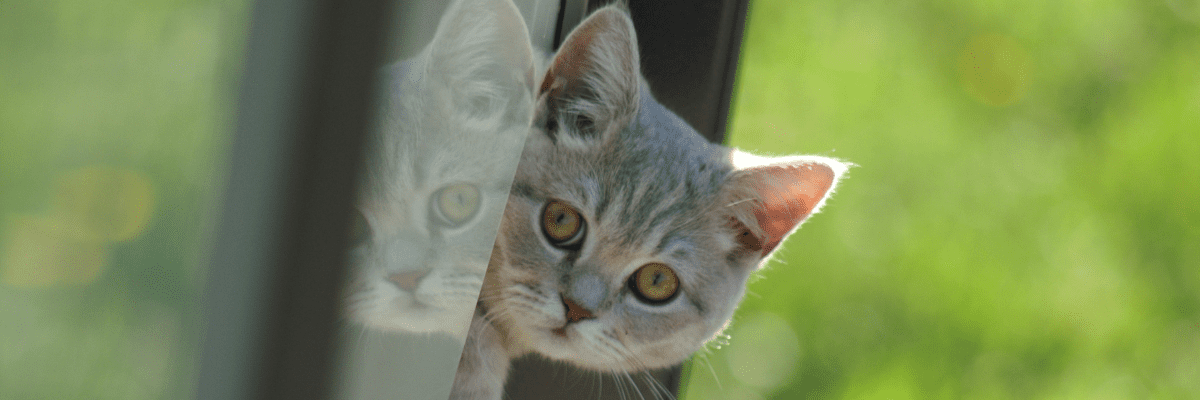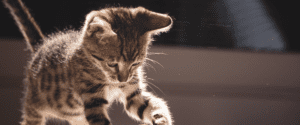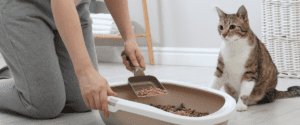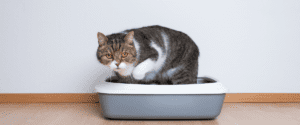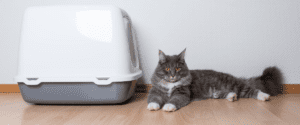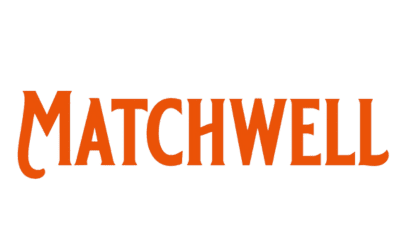The eco-friendly cat litter market has experienced remarkable growth, driven by a rise in demand for sustainable products like plant-based and tofu-based litter. However, navigating the logistics and distribution landscape for these products presents significant challenges for wholesalers and distributors. In this blog, we’ll explore the key logistics challenges in the cat litter market and how wholesalers can optimize shipping, storage, and supply chain management to stay competitive and ensure timely delivery.
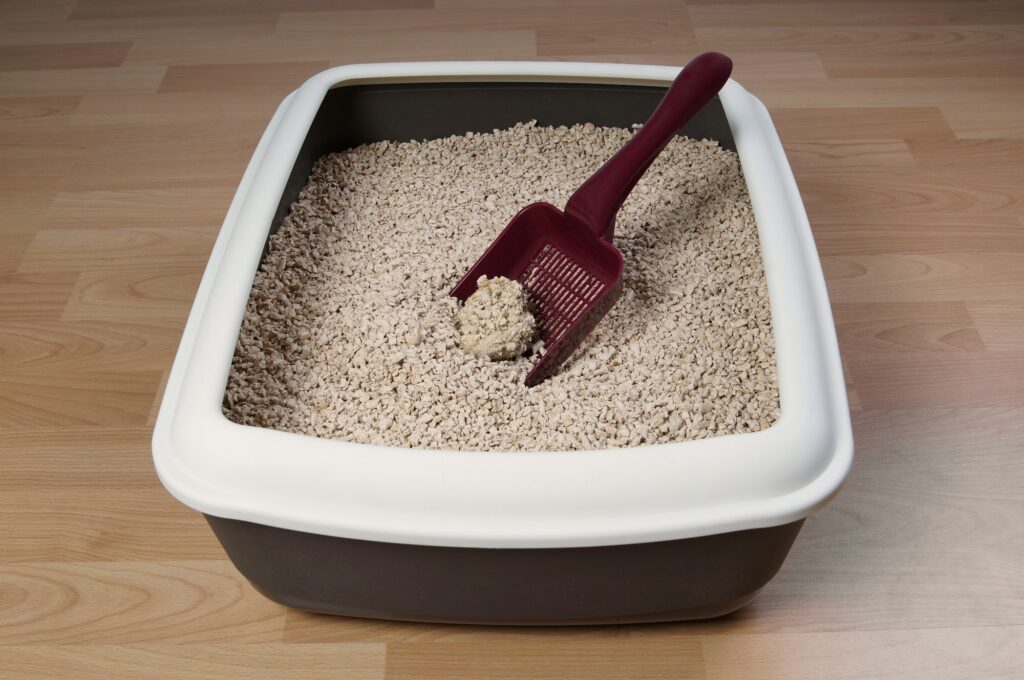
1. Shipping Constraints: Rising Freight Costs and Fuel Prices
Shipping is one of the most significant hurdles in the cat litter industry. With rising fuel prices and increased freight costs, particularly since the COVID-19 pandemic, shipping costs have spiked dramatically. These challenges are particularly pronounced for cat litter, which is a bulk, heavy item. Transporting large volumes across long distances means higher shipping rates compared to other products.
One trend helping to mitigate shipping issues is the development of regional distribution centers closer to key markets. Establishing more localized warehouses reduces last-mile delivery distances, thus decreasing fuel consumption and shipping time. Wholesalers of eco-friendly products, like plant-based cat litter, may also need to collaborate with logistics firms that specialize in low-emission transport, such as electric or hybrid delivery vehicles, to align with consumer expectations for sustainability.
Solution: Partnering with third-party logistics (3PL) providers that offer sustainable shipping options could cut costs and meet the growing demand for green logistics【7】【8】.

2. Warehousing and Storage Challenges: Cost and Space Management
With the growth of the cat litter market, wholesalers face rising costs of warehouse space, particularly in urban areas. The cost of industrial rent has surged, making it difficult for small and medium-sized distributors to afford storage for bulky products like cat litter. Moreover, cat litter, especially bulk eco-friendly types like tofu litter, requires significant space due to its weight and volume.
Many wholesalers are turning to automated warehousing solutions to maximize space utilization and streamline inventory management. Automation can reduce the need for human labor, improve the speed of product retrieval, and optimize how space is used. For instance, integrating digital warehouse management systems (WMS) can provide real-time insights into inventory levels, helping wholesalers avoid overstocking while ensuring they meet demand without delays【9】.
Solution: Consider investing in automated warehousing technologies to improve storage efficiency and reduce long-term operational costs【6】【8】.
3. Supply Chain Disruptions: Raw Material Shortages and Lead Times
Supply chain disruptions have plagued the global logistics industry since the pandemic, and the cat litter market has not been immune. Delays in raw material sourcing, particularly for eco-friendly cat litter components such as plant fibers and tofu byproducts, have caused longer lead times. These disruptions make it harder for wholesalers to maintain a consistent supply, impacting both offline retailers and online marketplaces.
One critical challenge is balancing inventory with demand forecasting. Overestimating demand can lead to surplus stock, tying up capital in storage costs, while underestimating can cause product shortages and lost sales opportunities. The pandemic has also emphasized the importance of supply chain agility—being able to pivot suppliers or shipping routes in response to disruptions【6】.

Solution: To improve resilience, wholesalers should diversify their supplier base and invest in real-time supply chain visibility tools that monitor performance across the supply chain【9】.
4. Environmental Concerns and the Shift Toward Sustainability
Wholesalers in the cat litter industry face increasing pressure from consumers and retailers to adopt more sustainable practices. Consumers are demanding eco-friendly packaging and delivery methods that reduce the carbon footprint of the products they buy. This shift requires wholesalers to consider how they source materials, store products, and ship them to market.
For instance, eco-friendly cat litter is often packed in biodegradable or recyclable packaging, which can add complexity to the storage process. Moreover, shipping such products with reduced emissions—whether through electric trucks or consolidated shipping routes—can further reduce the environmental impact. As regulations tighten around sustainability, wholesalers that invest in greener logistics will be better positioned to attract customers【7】【8】.
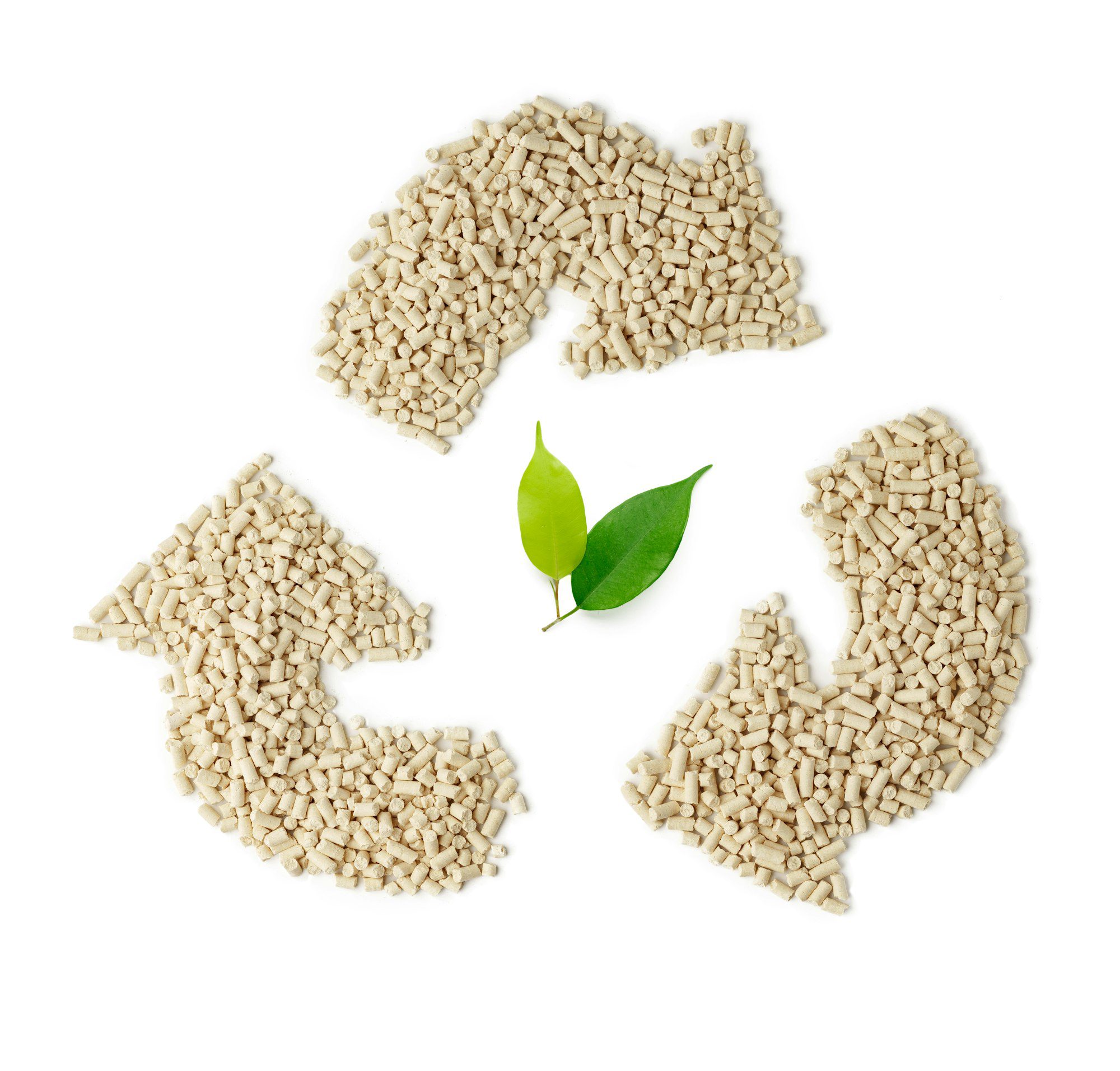
Solution: Incorporate sustainable practices in all aspects of logistics, from packaging to shipping, and work with supply chain partners that share your commitment to sustainability【6】.
5. Technology and Data Integration in Logistics
One of the most effective ways to mitigate logistics challenges is by embracing technology and data analytics. Many cat litter wholesalers are investing in logistics software that uses AI and machine learning to forecast demand, track shipments, and optimize routes. These tools allow wholesalers to plan better, avoid delays, and ensure on-time deliveries.
The integration of Internet of Things (IoT) devices also allows real-time monitoring of shipments, reducing the risk of product loss or damage. By tracking temperature, humidity, and other variables, IoT sensors help ensure that sensitive products—such as those made from biodegradable plant-based materials—arrive in optimal condition【9】.
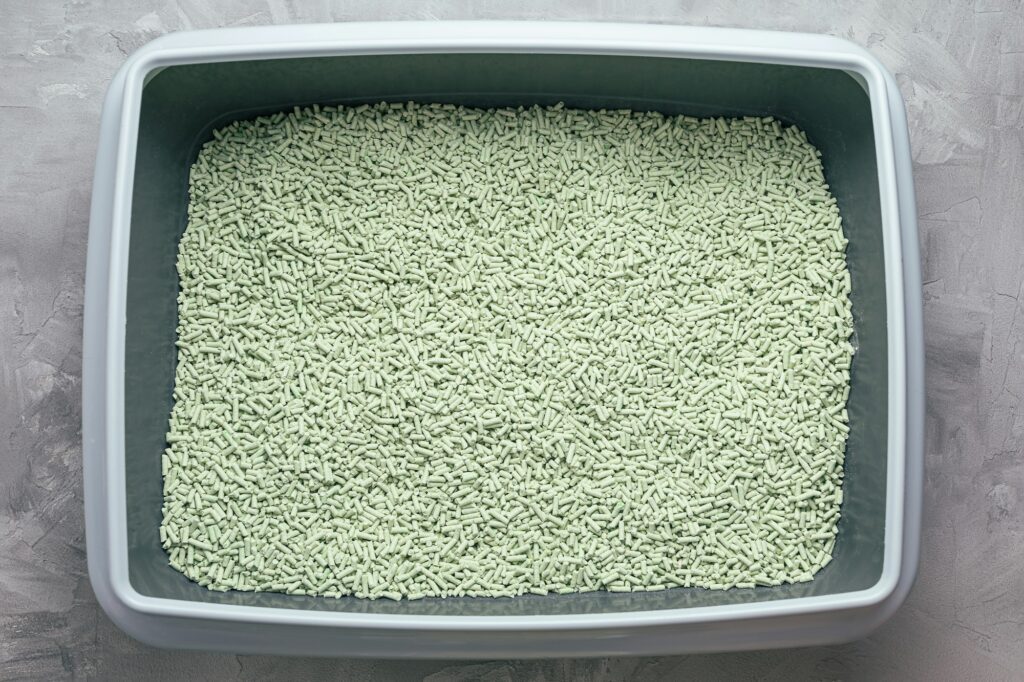
Solution: Adopting a digital-first approach to logistics can significantly improve efficiency and customer satisfaction, helping you stay ahead of market demands【6】【9】.
6. Meeting Changing Customer Expectations
Customer expectations are evolving, with buyers increasingly looking for faster, cheaper, and more flexible delivery options. For wholesalers supplying cat litter to large retailers or online platforms like Amazon, meeting same-day or next-day delivery expectations can be challenging due to the product’s bulk and weight.
Adopting smart inventory positioning and working with multiple fulfillment centers close to key consumer markets can help reduce delivery times. Additionally, offering omnichannel fulfillment options, such as in-store pickups or drop-shipping from regional warehouses, can improve flexibility【7】.
Solution: Collaborate with logistics partners that offer flexible and scalable delivery solutions to keep up with changing customer expectations【9】.
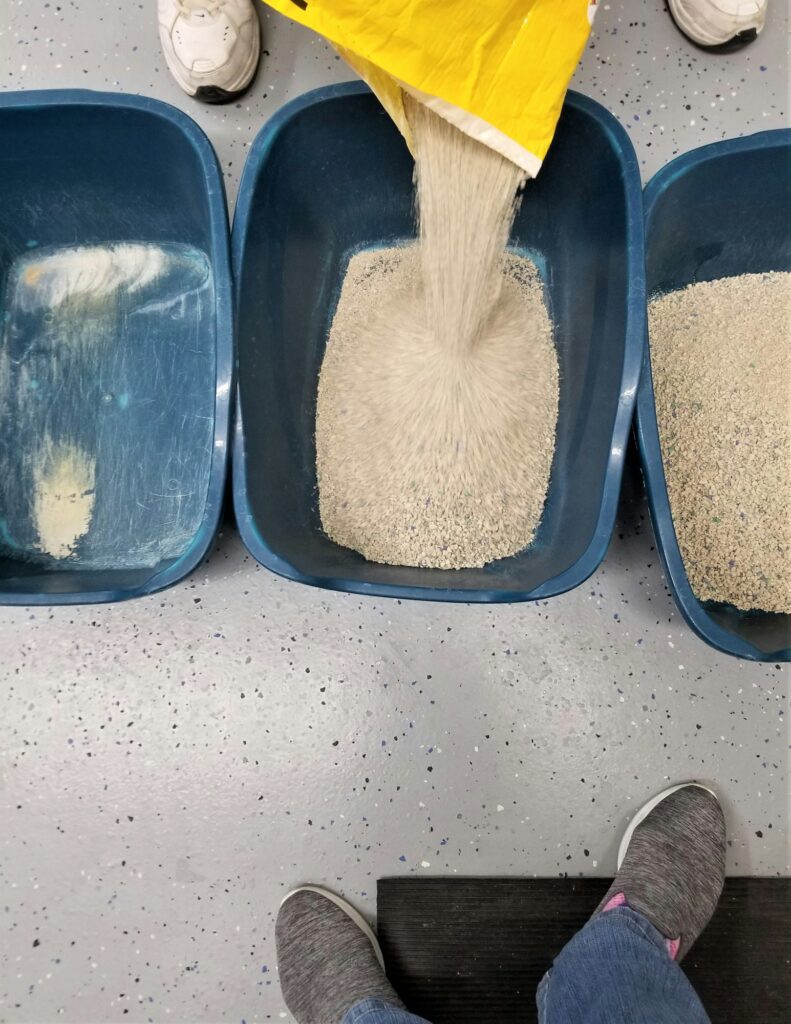
Conclusion
Navigating logistics and distribution challenges in the cat litter market requires a strategic approach to shipping, storage, and supply chain management. For wholesalers of eco-friendly cat litter products, aligning with sustainability goals, leveraging technology, and optimizing warehousing practices will help overcome these challenges and position them for future growth. By adopting these strategies, you can ensure consistent product availability, reduce costs, and meet the increasing expectations of customers across both online and offline channels.
For more information on eco-friendly and sustainable plant-based cat litter, visit SnappyScooper.com.
